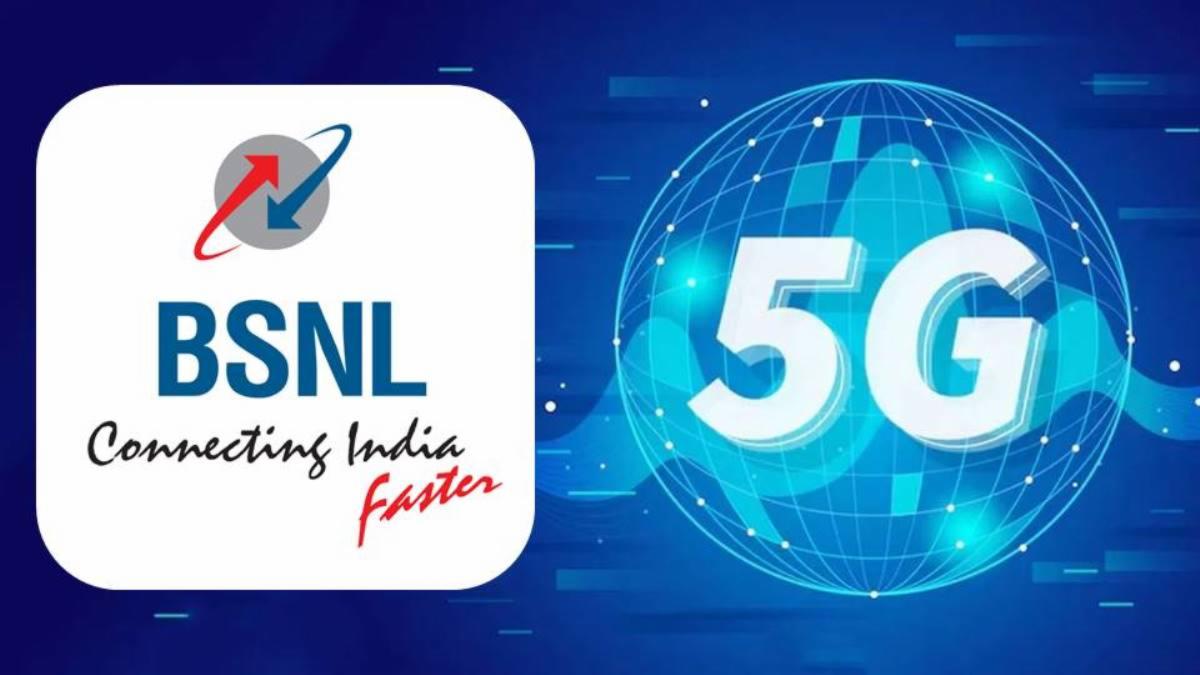Article Body
In a quiet neighborhood of Gachibowli, surrounded by Hyderabad’s growing tech sprawl, something unprecedented happened this weekend. A retiree, a student, and a home-based entrepreneur all plugged in a small white device, and within minutes, were streaming, uploading, and attending video calls — all without a SIM card, fiber connection, or technician in sight.
Welcome to Quantum 5G, BSNL’s boldest bet yet on India’s digital future.
On June 21, Bharat Sanchar Nigam Limited (BSNL) — the government-owned telecom operator often seen as the underdog in the age of Jio and Airtel — flipped the switch on India’s first SIM-free 5G Fixed Wireless Access (FWA) service. The launch marks a turning point for BSNL, which seeks to overcome traditional broadband barriers with a solution that is as simple as plug and play and as disruptive as possible.
Launch: Quiet rollout, big implications
The service, called Q-5G, debuted in Hyderabad without the usual fanfare of flagship technology unveilings, but its implications were no less far-reaching.
Starting at just ₹999/month for 100 Mbps, and ₹1,499 for 300 Mbps, Q-5G offers high-speed internet through a self-installable indoor gateway. No cables. No trenching. No SIM card.
“This is not just an upgrade — it’s a completely new direction for BSNL and possibly for Indian broadband itself,” said a senior executive during an off-record briefing.
By using BSNL’s existing tower infrastructure, especially in suburban and semi-urban belts, the company has managed to create a SIM-less, fiberless network experience that requires minimal setup and reaches places private telcos often ignore.
A Service for the Forgotten Markets
For years, India’s smaller cities, rural districts, and peri-urban communities have been caught in a digital lag. Fibre installation costs, limited private investment and logistical hurdles have made reliable high-speed internet a luxury.
This is where BSNL’s Q-5G FWA comes in.
Initially launched in Hyderabad, the service is planned to be expanded to Bengaluru, Pune, Visakhapatnam, Gwalior, Pondicherry and Chandigarh by September 2025. Some of these cities are fast-growing tech hubs, while others are underserved – they were strategically chosen based on the reach of BSNL’s towers and their potential for rapid adoption.
How it works: Plug in, turn on, go!
So, how does 5G internet work without a SIM card or fibre lines?
The answer lies in a new generation of indoor 5G routers, custom-built for Q-5G. These routers connect directly to BSNL’s 5G network over the air — much like a smartphone would — but without a SIM, and without needing user authentication via mobile networks.
You receive a router, plug it into a power source, and you’re online. No technician. No configuration. No downtime.
For many Indians who’ve spent weeks waiting for broadband installation — only to face unreliable service — this could be the ultimate dream.
Made in India, Built for Bharat
In a patriotic twist, BSNL has confirmed that 100% of the hardware and software behind Q-5G is developed in India. From routers to backend systems, everything is indigenously built — a proud moment for India’s fledgling but fast-growing telecom tech sector.
It also establishes BSNL as a sovereign alternative to global telecom giants, an important consideration amid current concerns about data security and network sovereignty.
The plug-and-play model, especially one that does not rely on foreign firmware or chips, instills a level of confidence and pride in Indian consumers, which BSNL wants to emphasise.
Challenging private giants
As Airtel and Jio have aggressively expanded their 5G fibre and mobile coverage, BSNL has often been forced to play catch-up. But Q-5G has changed the situation.
Not only is it the first commercial-grade SIM-free 5G service in India, it is also way ahead of its rivals in terms of reach.Private players still rely on expensive fiber rollouts or SIM-activated 5G plans, which often come with caveats. Q-5G offers a fixed-speed, no-nonsense home internet solution that works straight out of the box.
Notably absent from this new frontier? Vodafone Idea, which has yet to launch any commercial 5G service — leaving BSNL ahead of at least one rival for the first time in years.
Consumer Sentiment: High Hopes, Cautious Optimism
Among early users, the mood is one of cautious excitement.
“I’ve been stuck with 10 Mbps DSL for four years,” says Neha Reddy, a freelance graphic designer from Serilingampally. “This thing gave me 120 Mbps in under 10 minutes. I’m just shocked.”
However, users also want clarity on data caps, support response, and long-term reliability. BSNL has not released full details on fair usage policies, though insiders say generous limits will be part of the introductory phase.
The Road Ahead: A Digital Equalizer in the Making
This isn’t BSNL’s first attempt at reinvention, but it might be its smartest. Rather than trying to outspend private telecom behemoths, it has chosen to innovate around them — tapping into markets they often overlook, and problems they haven’t solved.
If scaled properly, Q-5G could redefine what broadband means in India. It could connect schools where no cables run, homes in the hills, shops in Tier-3 cities, and crores of Indians for whom “high speed” has always been a relative term.
It’s too early to declare victory — but for now, the signal from Hyderabad is clear: BSNL is back. And it’s not playing by the old rules anymore.


Comments